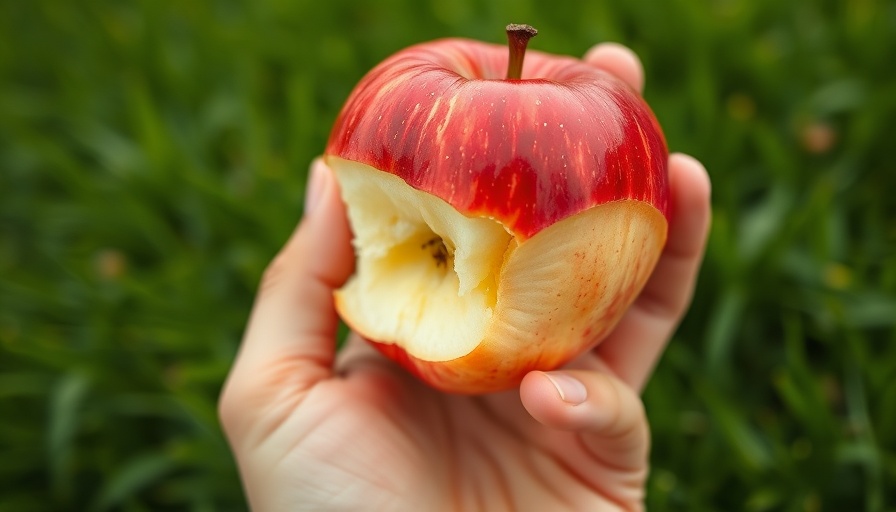
The Sneaky Signs of Squirrel Intrusion in Your Yard
If you’ve ever noticed strange holes or peculiar messes in your garden, you might have squirrels to blame. These adorably cheeky creatures are notorious for their antics, especially when it comes to digging in our yards! As homeowners and property managers, understanding the signs that squirrels are in your yard can help you mitigate any damage they may cause.
1. Spotting Squirrels in Action
Often, the first sign of trouble comes when you actually spot a squirrel darting through your garden. These bold creatures are diurnal, which means they are active during the day, making it easier to catch them in the act. Tree squirrels can be identified by their bushy tails, while ground squirrels are smaller with mottled fur.
2. Cone-Shaped Holes: The Squirrel Signature
One of the most telling signs of squirrel activity is small, cone-shaped holes in your lawn, typically measuring around 2-3 inches in diameter. These small but noticeable disturbances are created as squirrels bury food in preparation for the winter. Often, these holes can be found clustering together, transforming your pristine lawn into a patchwork of tiny digs.
3. Mounds of Dirt and Disturbed Areas
Ground squirrels tend to create messier mounds around burrow entrances. If you’ve tripped over a mound while walking through your garden, that’s a clear indication of their presence. These mounds can be misleading as they may not cover the burrow well, unlike neat mounds created by gophers or moles.
4. Evidence in Your Garden Beds
Disturbed mulch and soil in your garden beds are another major indicator of squirrel activity. Squirrels love to dig in soft, moist earth, looking for tender seedlings or delicious bulbs to snack on. When inspecting your beds, look for uneven mulch depth and areas where it has been heaped aside as evidence of their feasting.
5. Damaged Plants and Bird Feeders
If you’ve noticed stripped bark on trees or ransacked bird feeders, squirrels may be the culprits. Not only do they snack on nuts and seeds, but their gnawing can cause harm to your trees, leading to long-term damage. Additionally, if female squirrels are nurturing young, the need for food increases significantly, resulting in more frantic foraging.
6. Hidden Stashes and Food Scraps
When squirrels cache food, you may find hidden stashes of nuts in the ground or in your garden. Look for any unusual deposits of food scraps alongside fresh digging; these are signs that the squirrels are preparing for winter survival. This behavior not only harms your plants but can create unattractive areas in your yard.
7. Seasonal Alerts: Watching for Damage in Fall and Spring
Squirrel activity tends to rise during spring and fall. During spring, they seek out food after their winter hibernation, while fall is their preparation period for colder months. Being aware of seasonal trends helps you anticipate when these critters are likely to invade.
8. Effective Prevention Strategies
To prevent squirrel damage, consider installing motion-activated sprinklers, using squirrel-proof bird feeders, or even using landscaping strategies that discourage digging, such as planting thorny bushes. It’s also beneficial to keep your yard clean and free of food sources that attract them.
9. Action You Can Take
If all else fails, don’t hesitate to contact a pest control professional for safe and effective removal processes. They can help you identify entry points and effectively seal them to prevent further damage. Remember, managing a squirrel infestation early can save you a significant amount of time, effort, and money in the long run.
10. Conclusion: Understanding Your Squirrel Neighbors
While squirrels can be damaging nuisances, they are also a part of the ecosystem. Educating yourself about their behaviors, signs of activity, and how to manage them will help protect your lawn and garden. Take proactive steps and enjoy a healthy, vibrant outdoor space!
 Add Row
Add Row 
 Add
Add 


Write A Comment